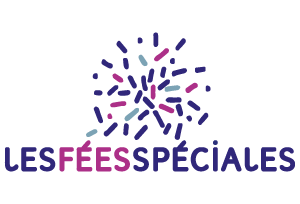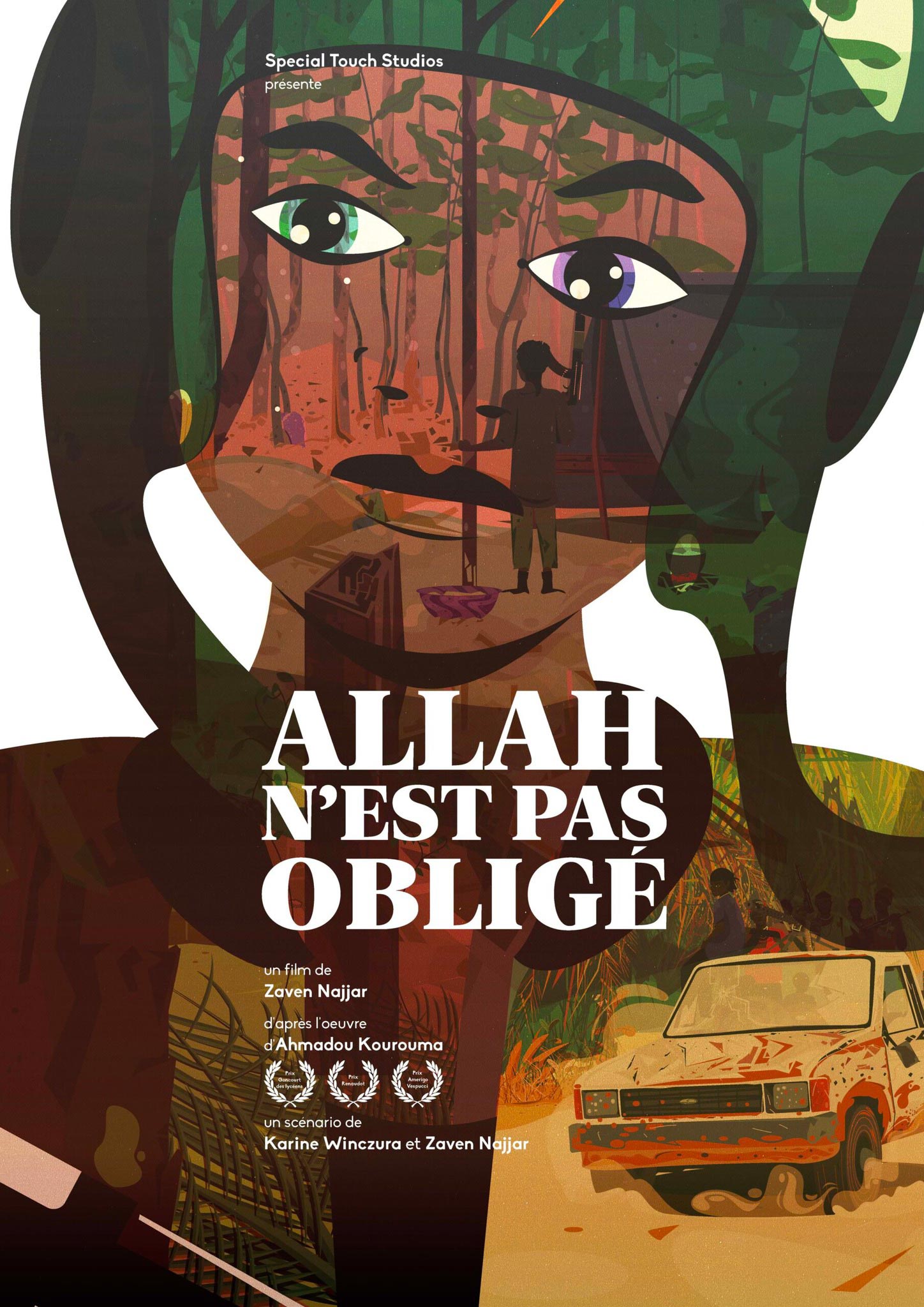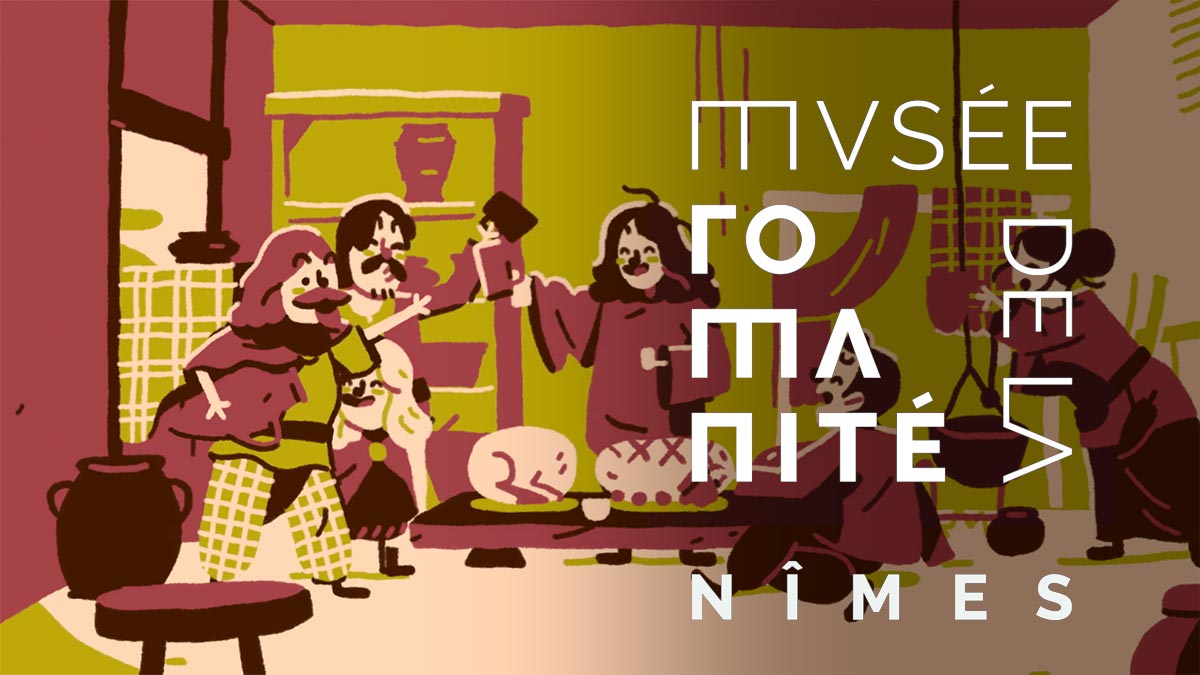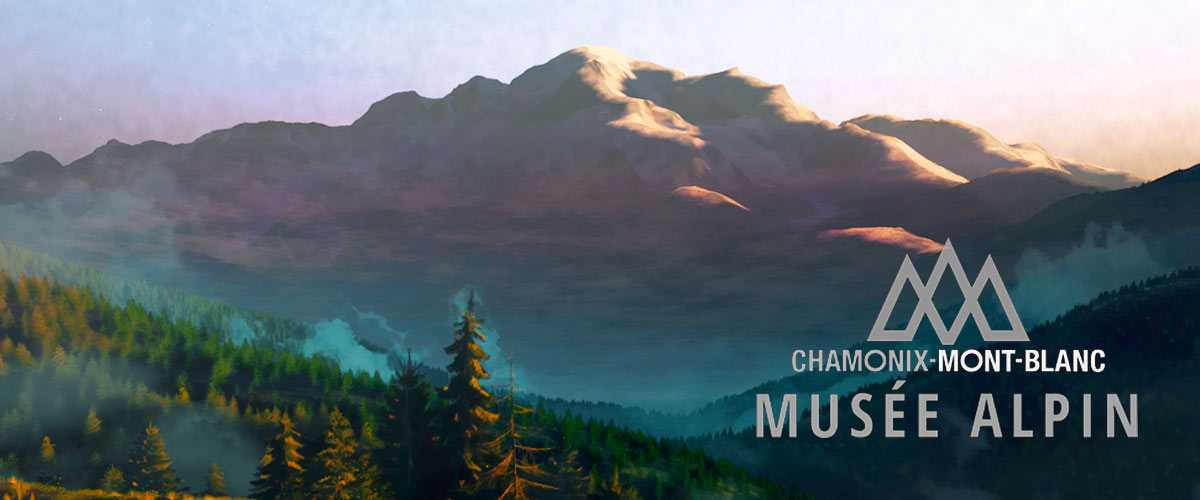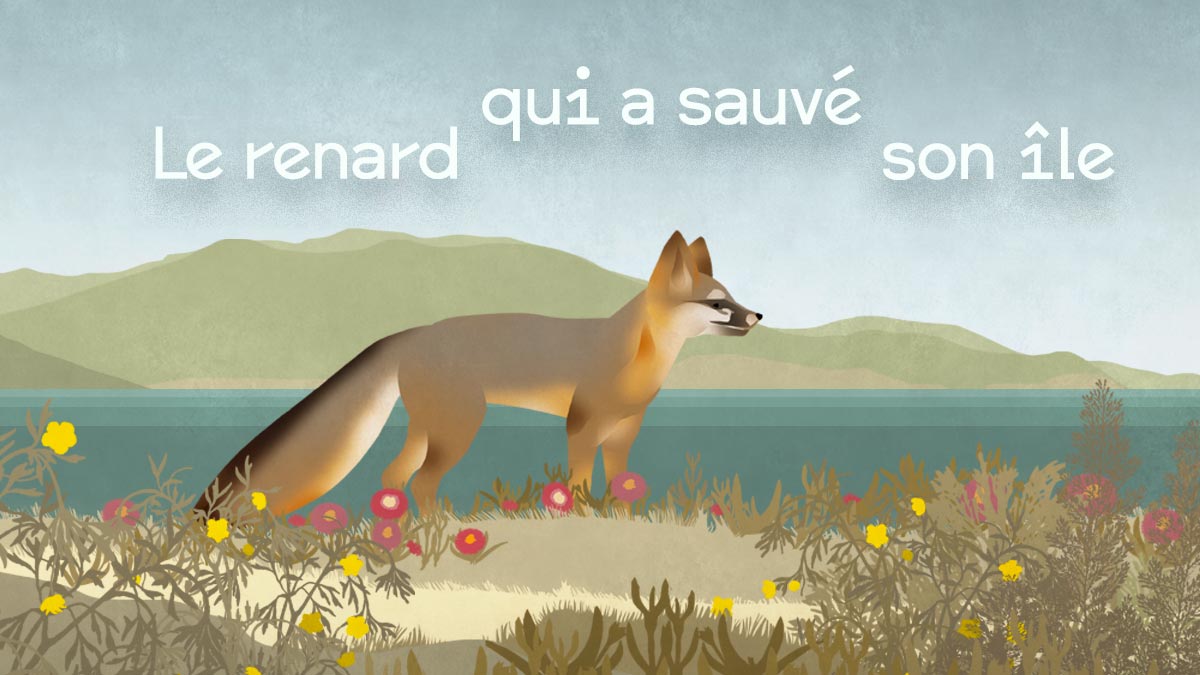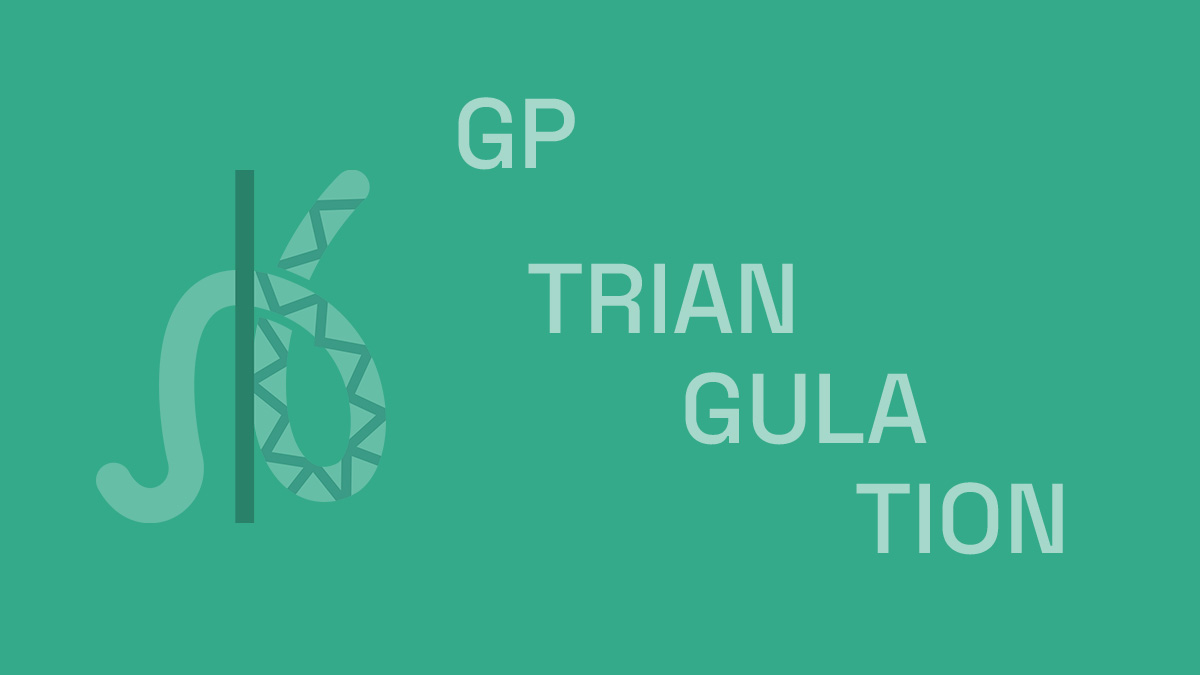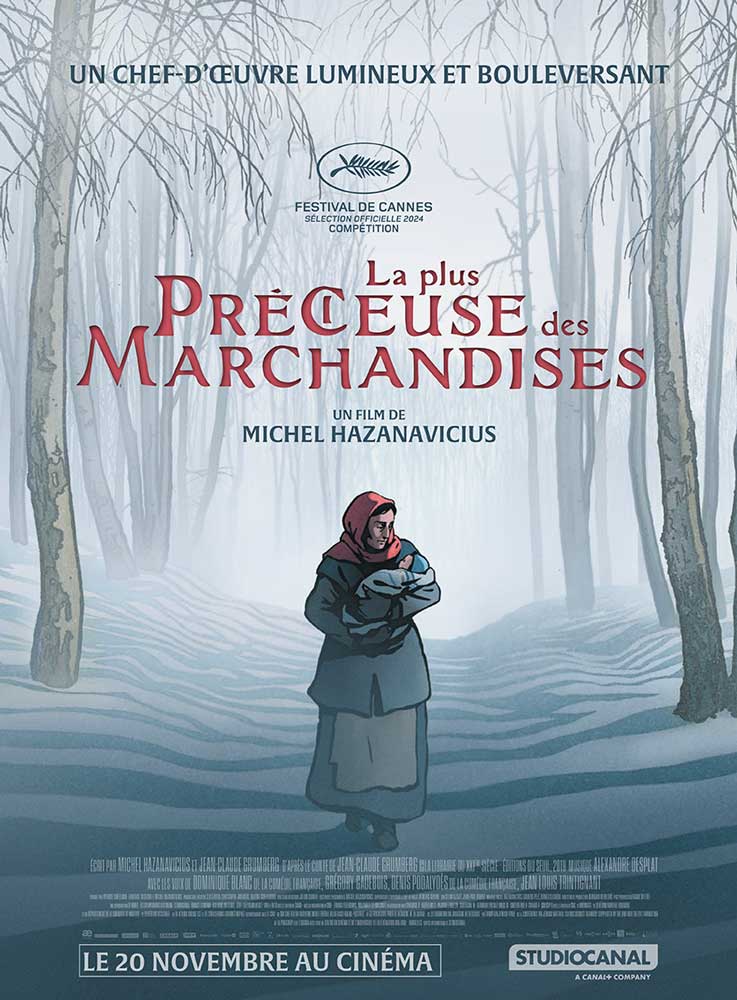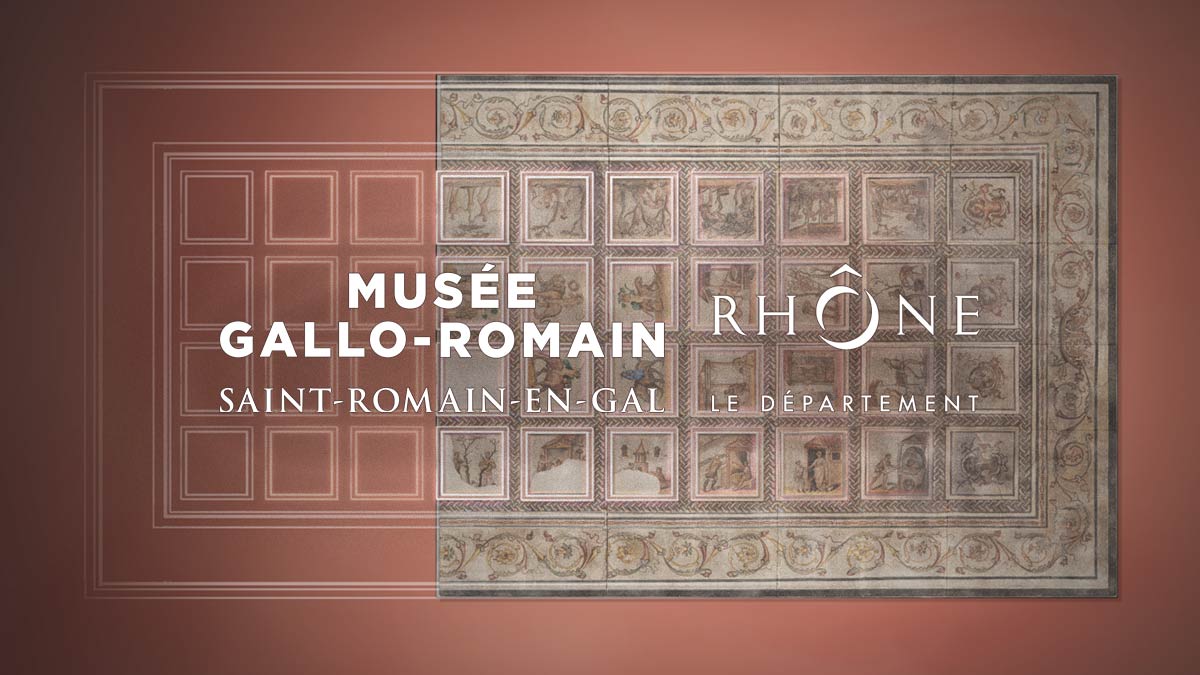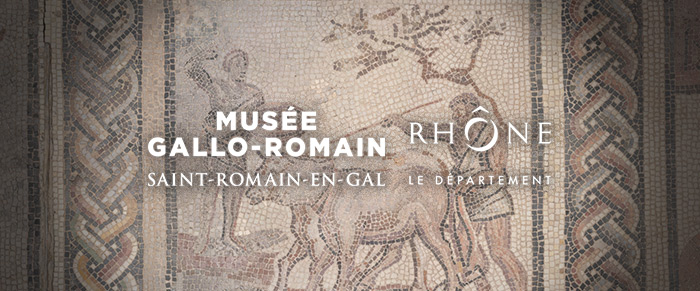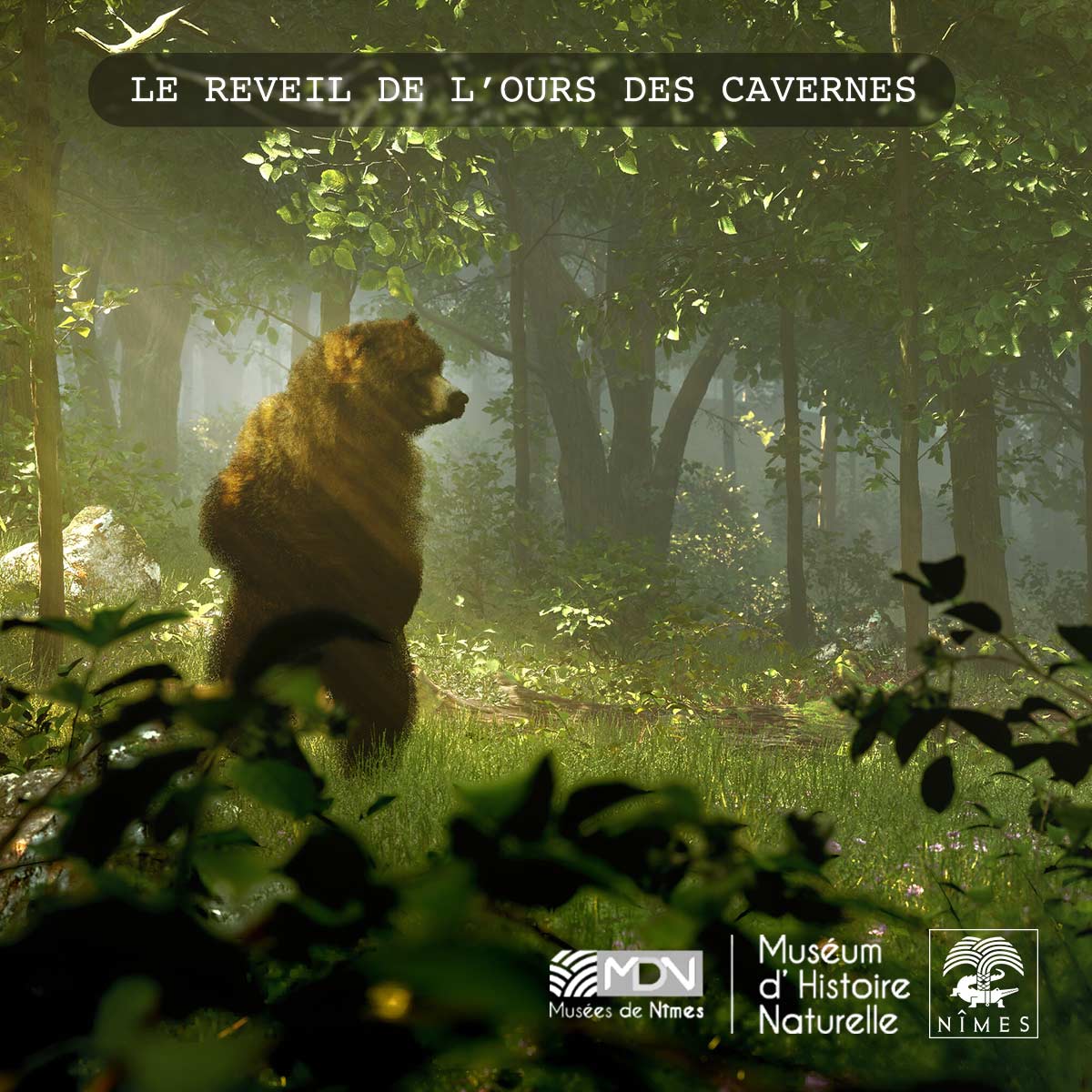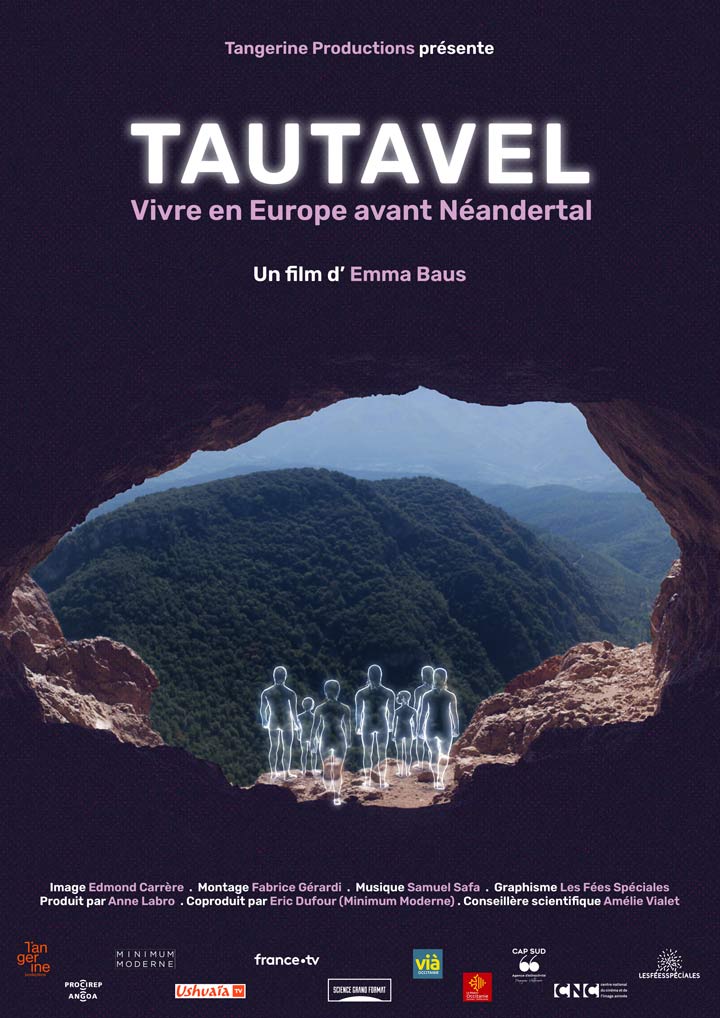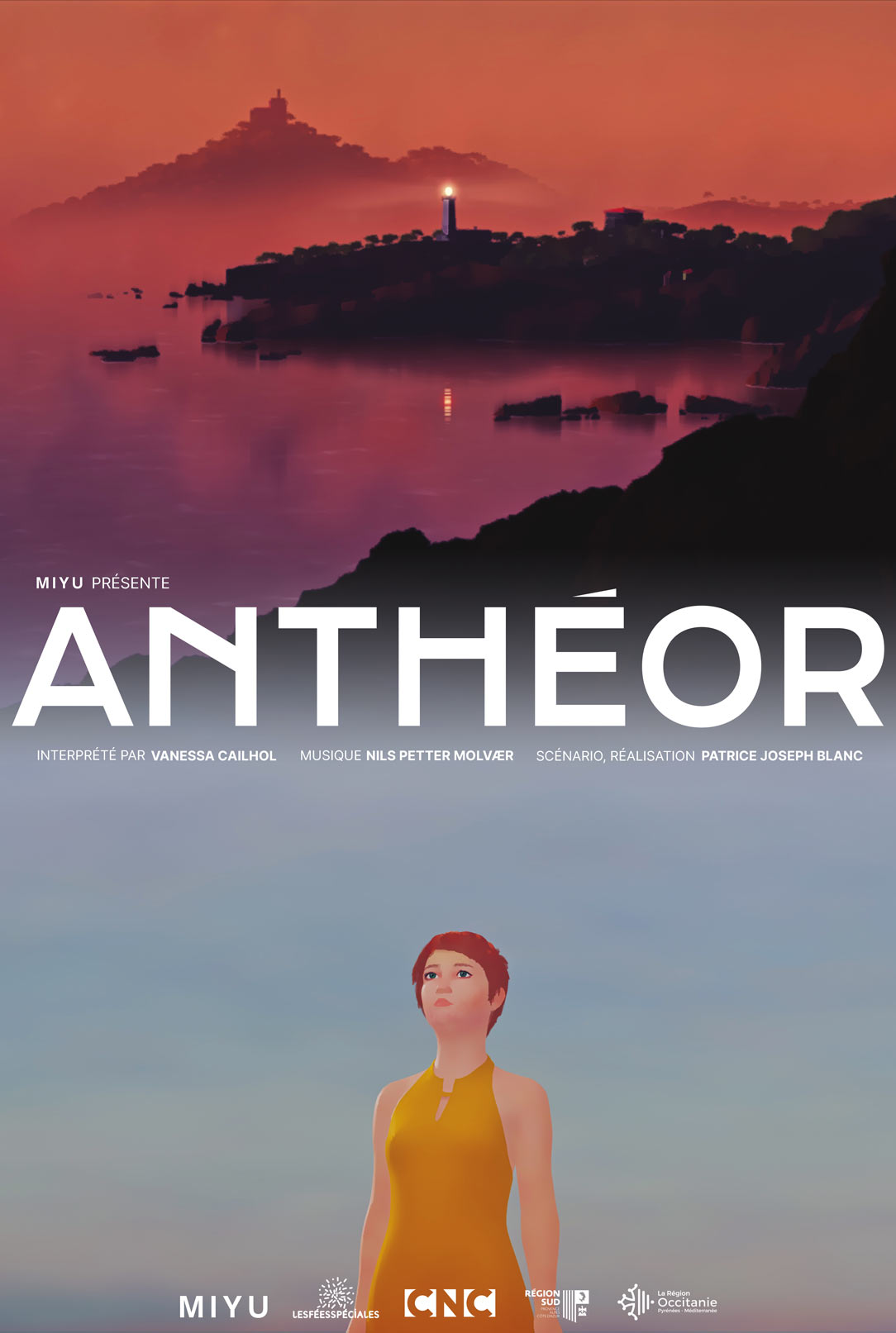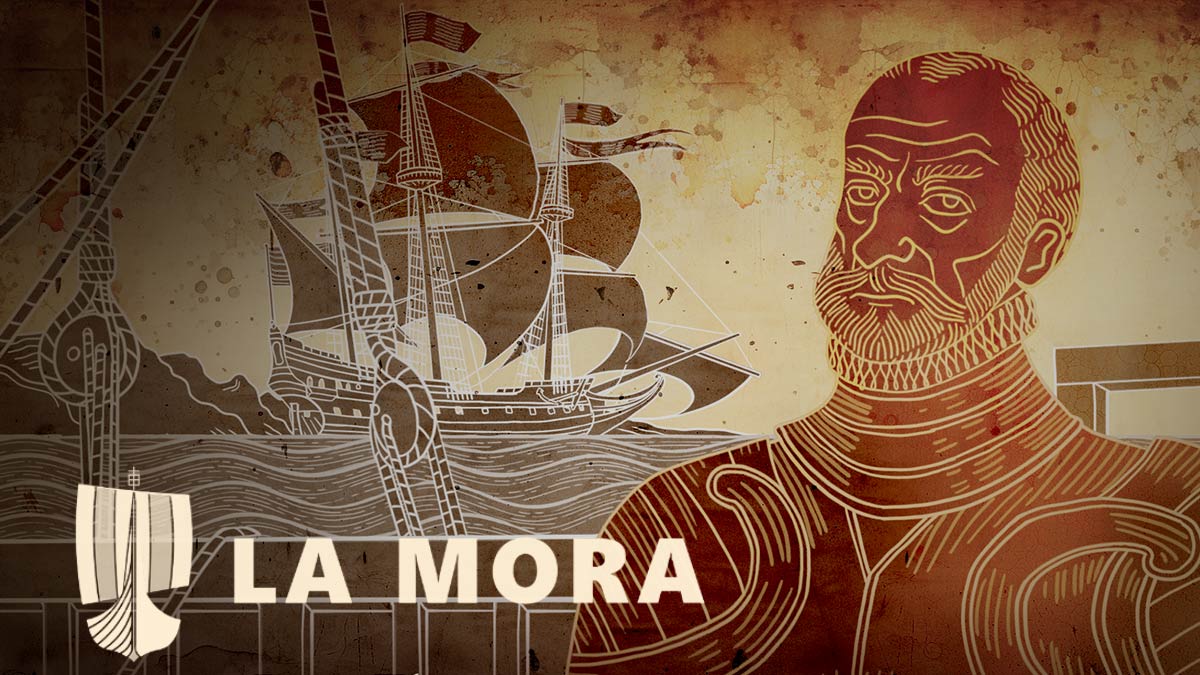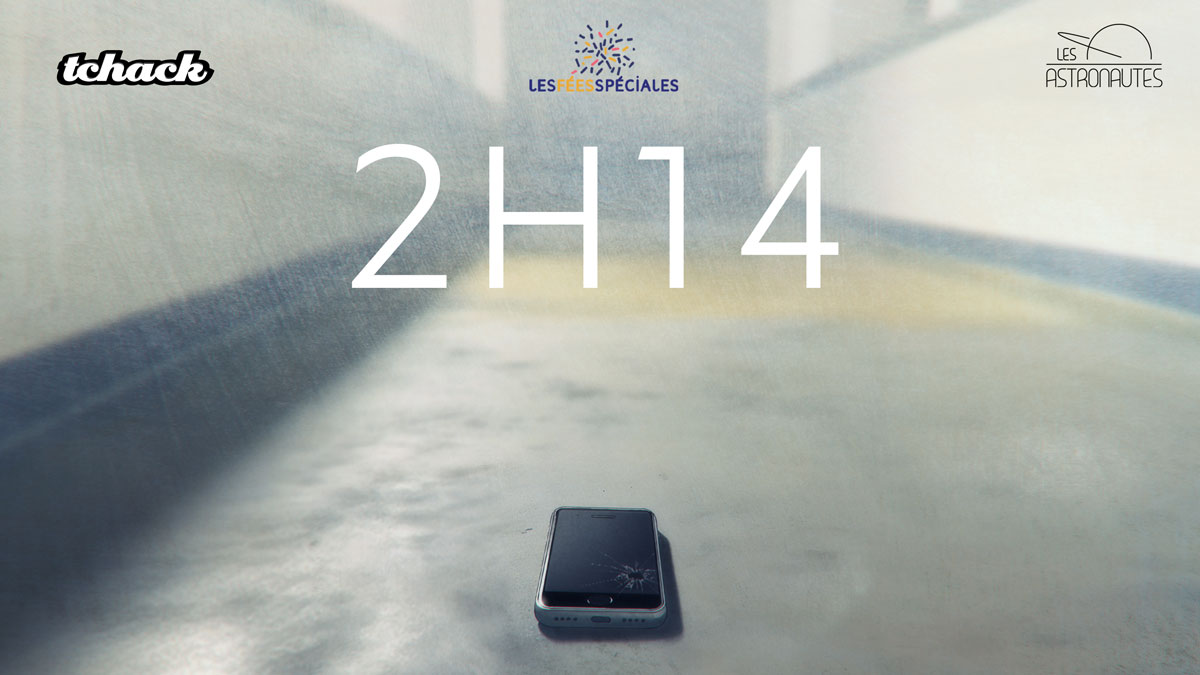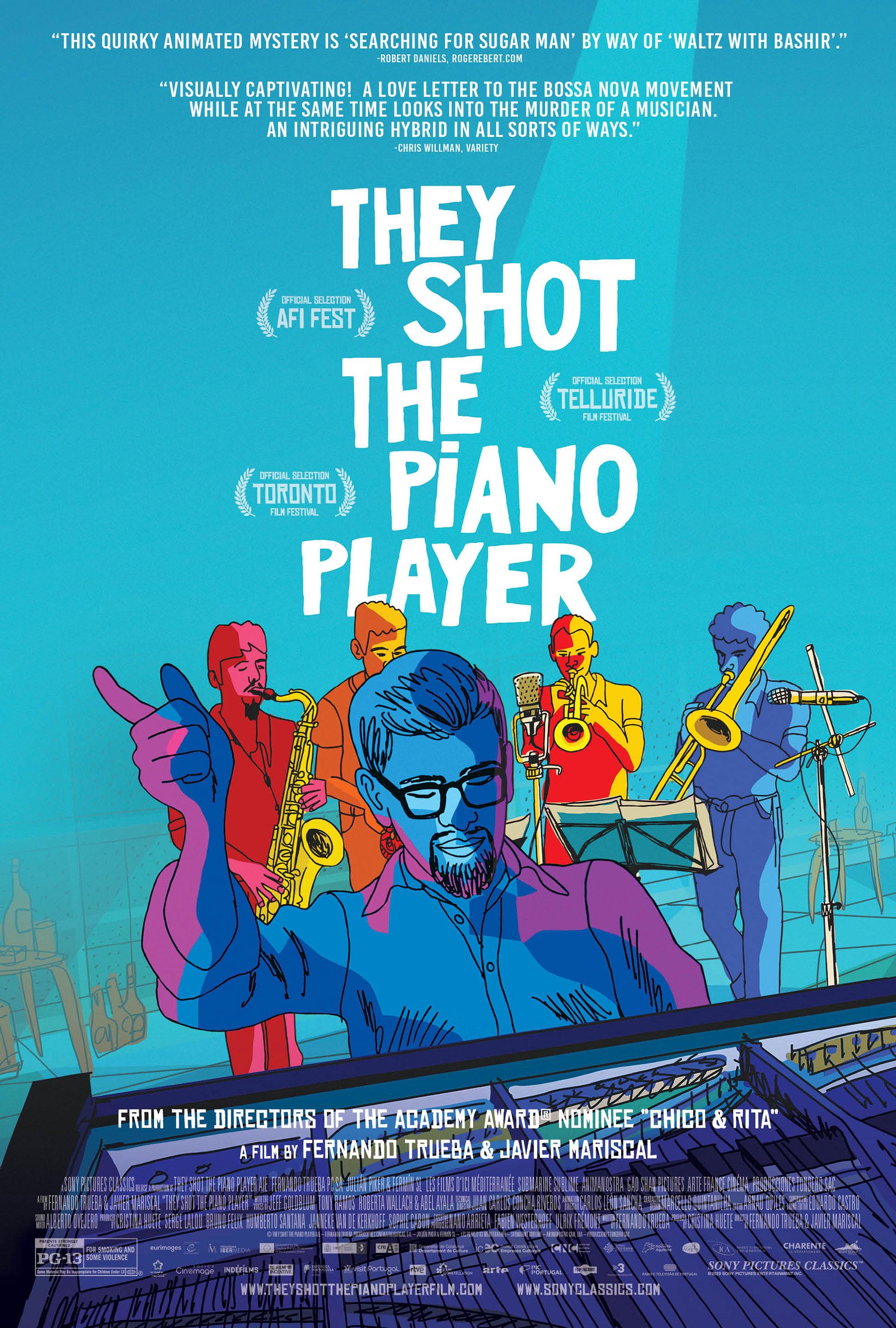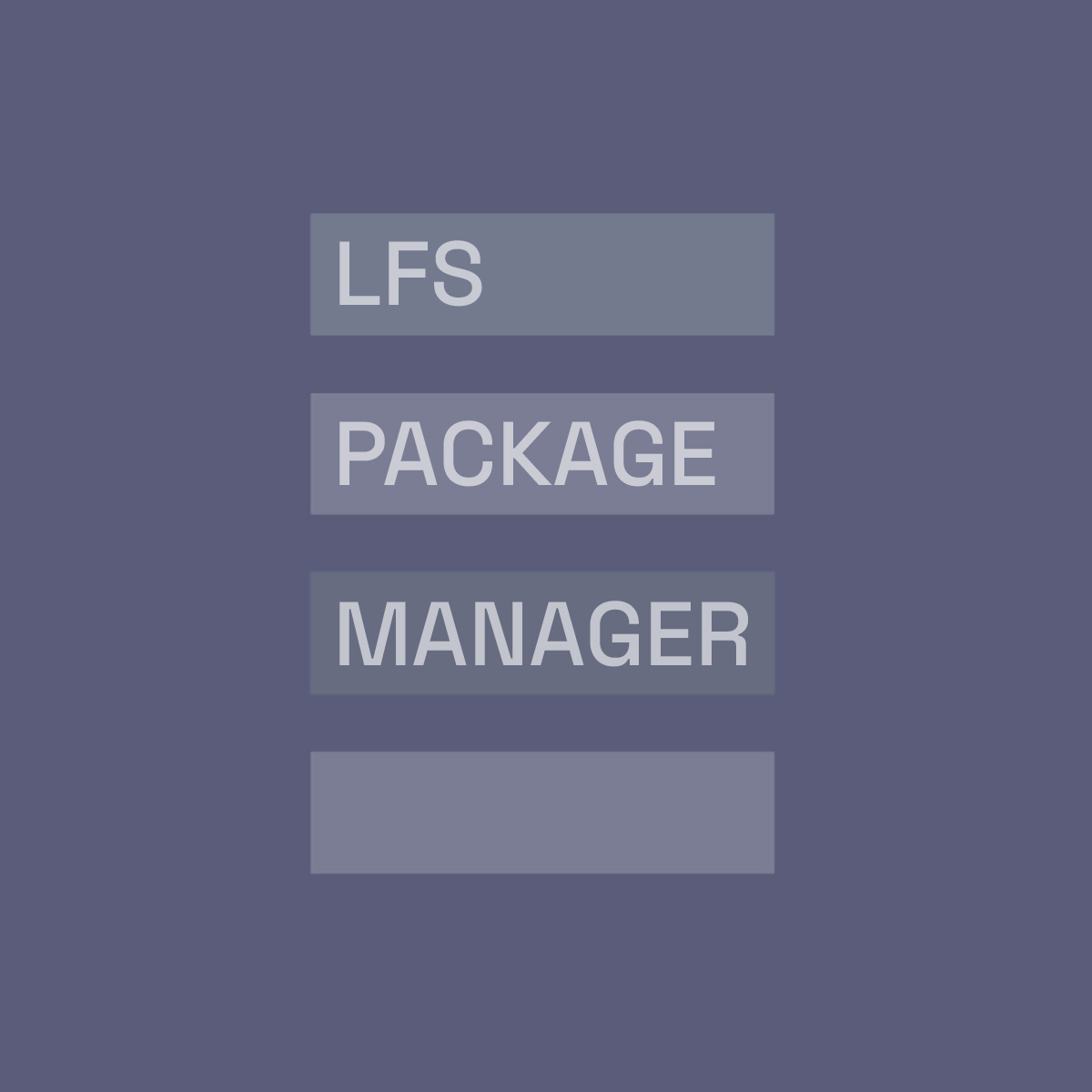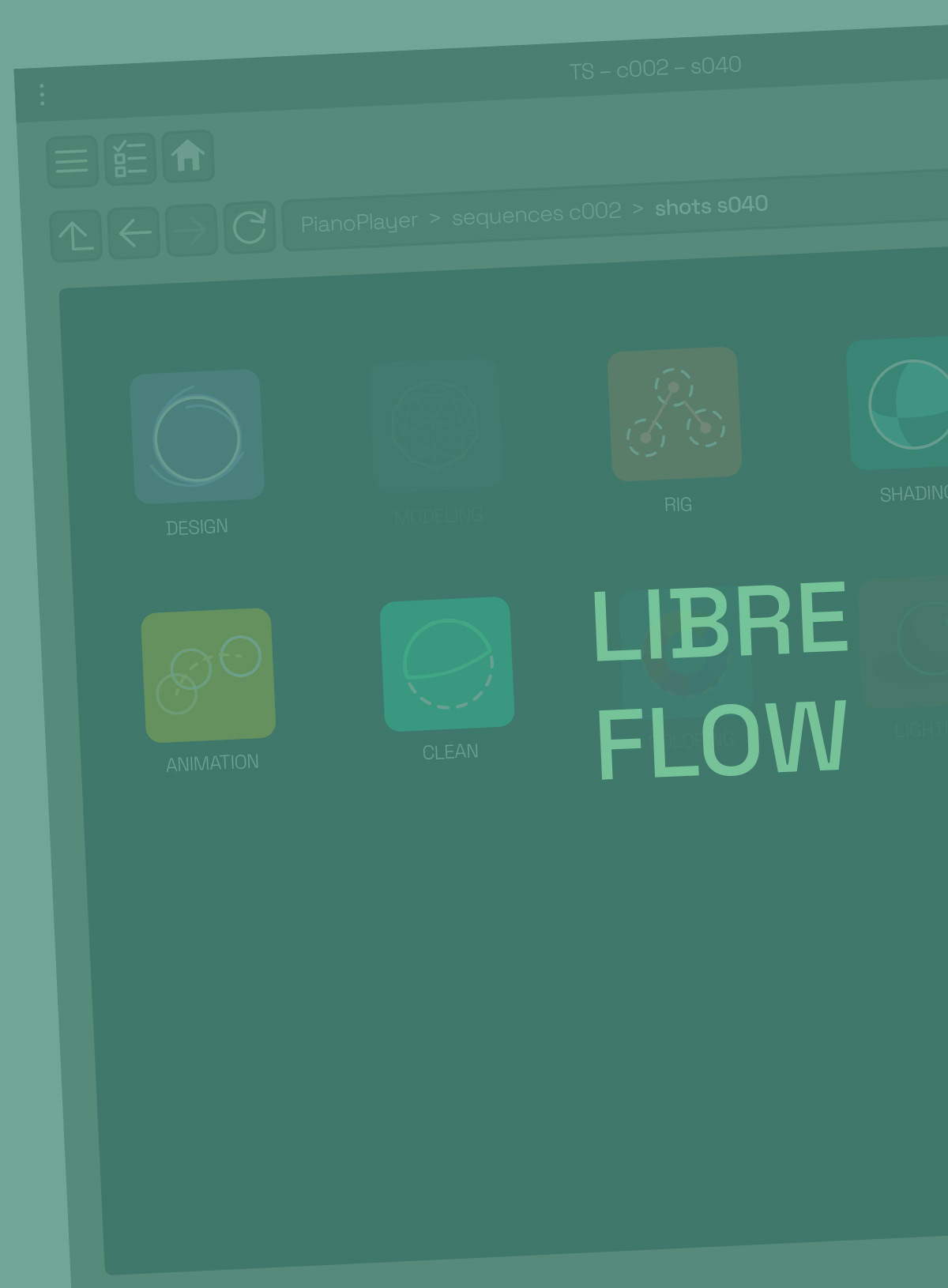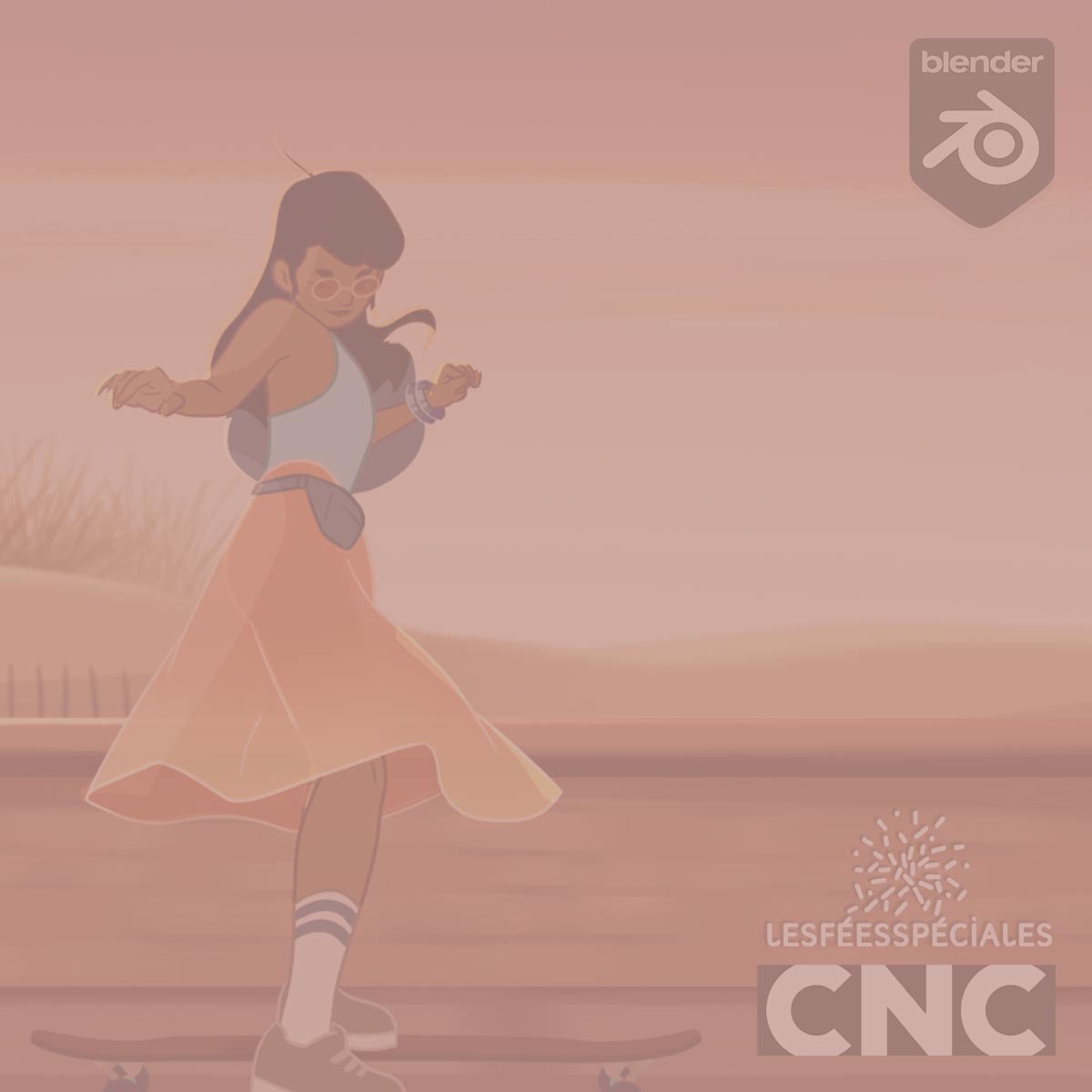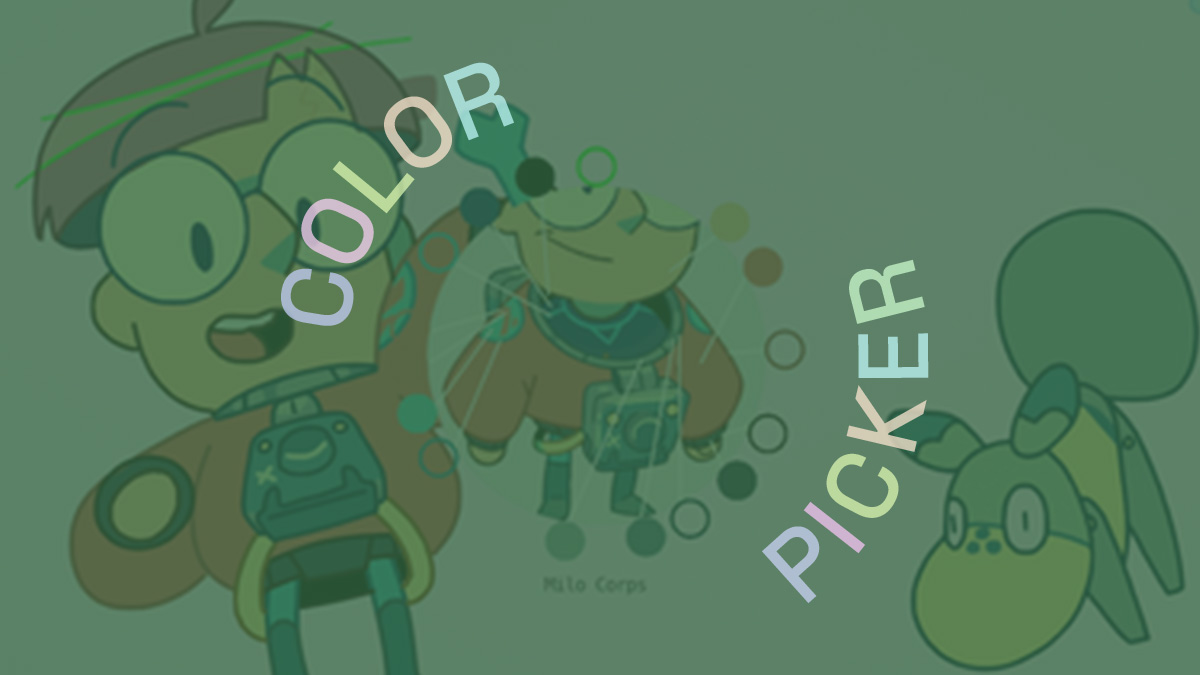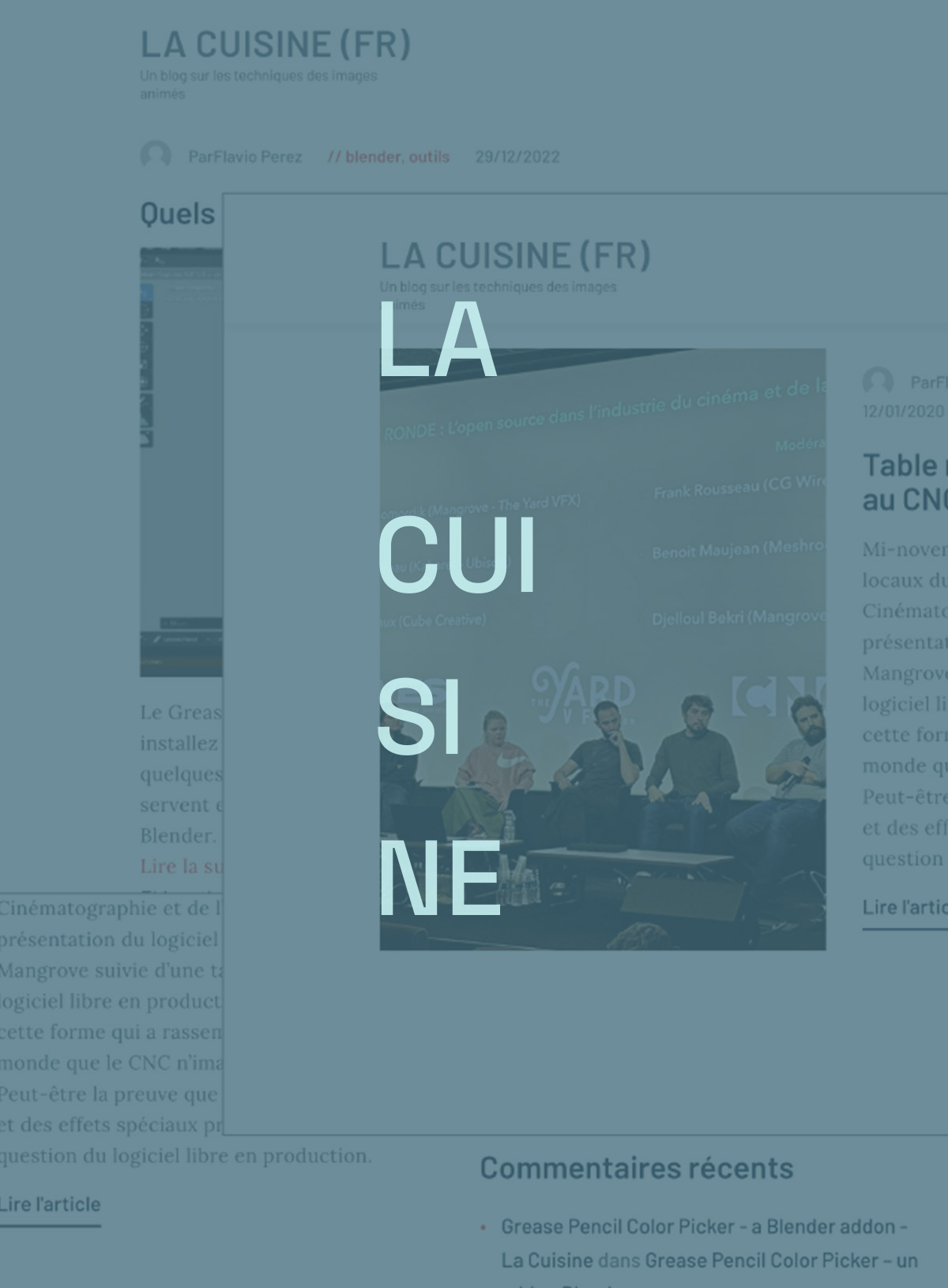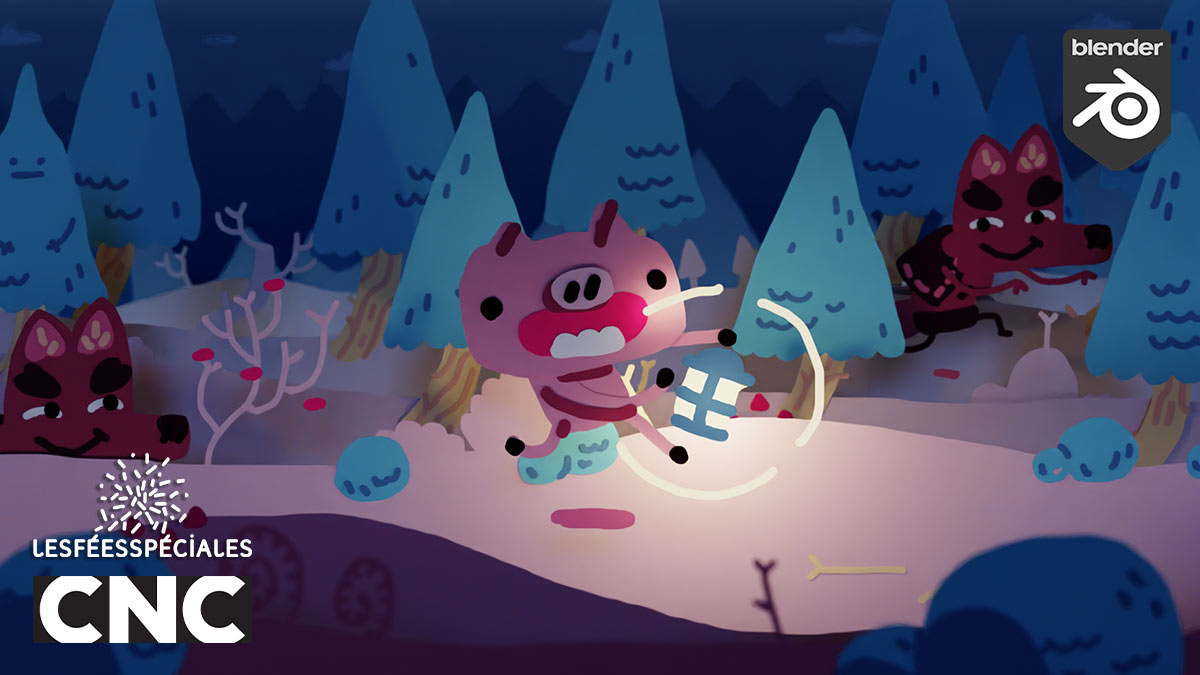03 Juil Allah is not obliged
[vc_row css_animation="" row_type="row" use_row_as_full_screen_section="no" type="full_width" angled_section="no" text_align="left" background_image_as_pattern="without_pattern"][vc_column width="2/3"][vc_column_text] Images [vc_gallery interval="10" images="4775,4776,4774,4773,4772" img_size="full" onclick=""] Allah is not obliged © Zaven Najjar, Sébastien Onomo, Special Touch Studios [/vc_column_text][/vc_column][vc_column width="1/3"][vc_column_text] Feature film 77 minutes – resolution– 1:85 Adapted from the eponymous novel Allah is Not Obliged by Ahmadou Kourouma (Prix Renaudot 2000), the story follows Birahima, a 10-year-old boy who becomes a child soldier in West Africa (Guinea). After his mother’s death, Birahima sets out in search of his aunt, crossing several countries devastated by civil war. To survive in such chaos, he is recruited by various armed factions. Through his naïve, raw, and often ironic perspective, both the film and the novel denounce the horrors of war, the exploitation of children, and the absurdity of violence. Directed by Zaven Najjar Produced by Sébastien Onomo, Special Touch Studios Distributed by BAC Films Mission of the studio Pipeline tools, rendering, production monitoring tools Tools used Libreflow, Blender, After Effects, Illustrator Selections Official selection feature film Annecy festival 2025. Technical list Director : Zaven Najjar Scenario : Karine WINCZURA, Zaven NAJJAR Graphic bible : Zaven Najjar Production : Sébastien ONOMO, SPECIAL TOUCH STUDIOS, PAUL THILTGES DISTRIBUTION, LUNANIME BVBA, NEED PRODUCTIONS, YZANAKIO PRODUCTION [/vc_column_text][/vc_column][/vc_row] ...
